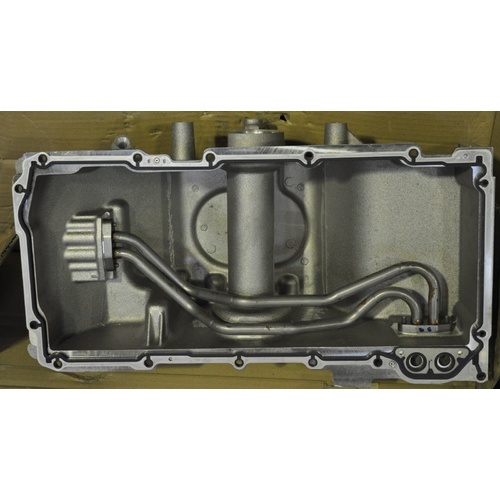Originally Posted By: PimTac
Considering that 10w-30 or 40 was the go to oil for many years I wonder what the actual gain is of 5w or 0w? Granted, if I was in Minnesota I would probably run the 5 or 0w oil. The big question here is how quick does each weight take to get to the top end of the engine? If we are talking a second or two or even fractions, then it may not be as clear an answer.
If it pumps, it won't make much of a measurable difference. But, given what's available on the shelves, there's simply nothing wrong with running, say, a 5w-XX over a 10w-XX year round. I often say, if someone considers a 5w-30 ILSAC too thin or not robust enough for a certain application, then a 10w-30 ILSAC is hardly the solution.
There's certainly nothing wrong with a 10w-30, generally speaking, but if one is in a position where a 5w-30 is useful at least some of the year, I can't see a lot of reasons not to run the 5w-30 year round. But, as you indicate, the "gain" if you're in a climate where you're not testing those pumpability limits really isn't there.
Considering that 10w-30 or 40 was the go to oil for many years I wonder what the actual gain is of 5w or 0w? Granted, if I was in Minnesota I would probably run the 5 or 0w oil. The big question here is how quick does each weight take to get to the top end of the engine? If we are talking a second or two or even fractions, then it may not be as clear an answer.
If it pumps, it won't make much of a measurable difference. But, given what's available on the shelves, there's simply nothing wrong with running, say, a 5w-XX over a 10w-XX year round. I often say, if someone considers a 5w-30 ILSAC too thin or not robust enough for a certain application, then a 10w-30 ILSAC is hardly the solution.
There's certainly nothing wrong with a 10w-30, generally speaking, but if one is in a position where a 5w-30 is useful at least some of the year, I can't see a lot of reasons not to run the 5w-30 year round. But, as you indicate, the "gain" if you're in a climate where you're not testing those pumpability limits really isn't there.













